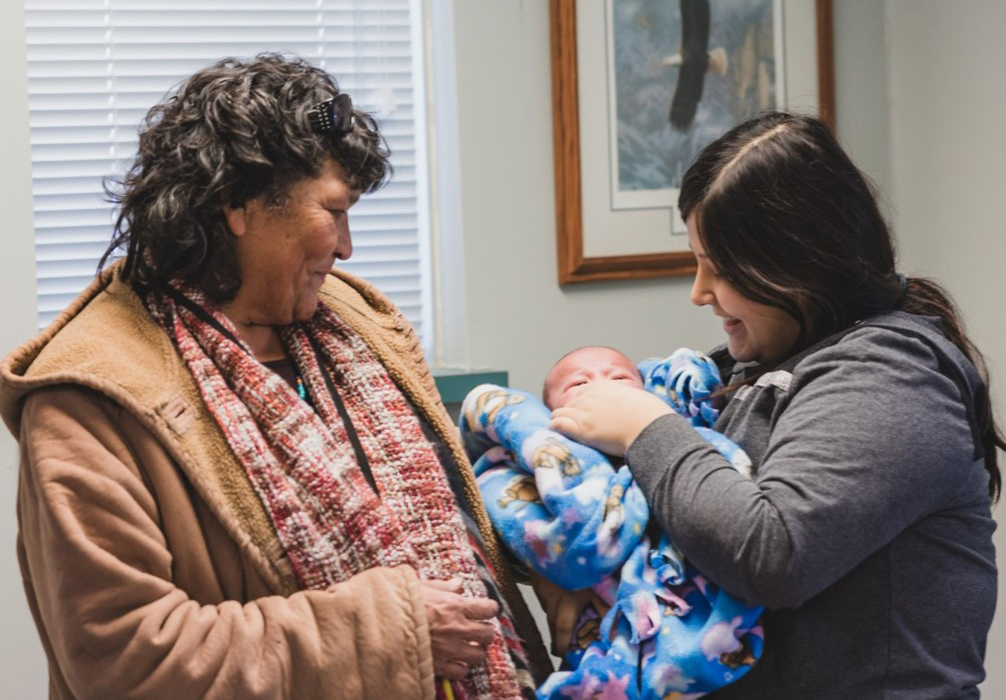
The breastfeeding initiation rate of mothers was 34 per cent before a remote prenatal education program was launched in three Manitoba First Nations communities. One year after the launch, it had grown to 50 per cent.
Reaching pregnant women via internet, airwaves increases prenatal program participation in First Nations
An online and broadcast prenatal education program significantly increased participation rates in prenatal programs and breastfeeding in three Manitoba First Nations communities, a study by University of Manitoba researchers and First Nations partners found.
The community-based, remote prenatal education program consisted of a website, chat groups on social media and broadcasts on community radio and TV.
The program took a “two-eyed seeing” approach, incorporating both Indigenous and non-Indigenous scientific knowledge about healthy pregnancy and breastfeeding.
“Our research provides evidence that prenatal education can be improved by the incorporation of digital education tools in rural or remote Indigenous communities,” said Dr. Garry Shen, professor of internal medicine, Max Rady College of Medicine, Rady Faculty of Health Sciences.
“A community-based, remote prenatal education program is a useful supplement to the existing prenatal education for pregnant women in these communities.”
The results of the study, Impact of remote prenatal education on program participation and breastfeeding of women in rural and remote Indigenous communities, were published by The Lancet in EClinicalMedicine.
Pregnant women’s participation rate in prenatal programs in Sagkeeng First Nation, Sandy Bay Ojibway First Nation and Garden Hill First Nation a year before the online/broadcast education program was launched was 36 per cent. A year after the program launch, participation had risen to 54 per cent.
The breastfeeding initiation rate of mothers in the three communities before the remote prenatal education program was 34 per cent. One year after the launch, it had grown to 50 per cent.
These results are important, Shen said, because prenatal education and breastfeeding may reduce the risk of diabetes in mothers and their children. First Nations women have a higher risk of diabetes than non-First Nations women in Canada, and the rates of breastfeeding initiation and participation in prenatal programs are low in First Nations communities, he said.
Connie Kuzdak, nurse in charge at Sagkeeng Health Centre and an author of the study, said the remote prenatal education program provided excellent support and great connections for the women. She said she would like to see the program continue.
“I think it would definitely be worth keeping, especially if you think about the isolated communities,” Kuzdak said. “It would be great for some of the communities to have access to this kind of support, especially in the North.”
Shen said the study findings point to an urgent need for improving and expanding technologies in rural and remote Indigenous communities.
“Currently, half of northern communities do not have Wi-Fi service,” Shen said. “Among the northern communities with Wi-Fi service, the speed is too low to receive an acceptable audio and video signal for e-education.
“Our results demonstrate the need for better Wi-Fi service in rural and remote areas of Manitoba to help improve the health of Indigenous women and children.”
The research was supported by the Canadian Institutes of Health Research, The Lawson Foundation and UM’s University Indigenous Research Program.






